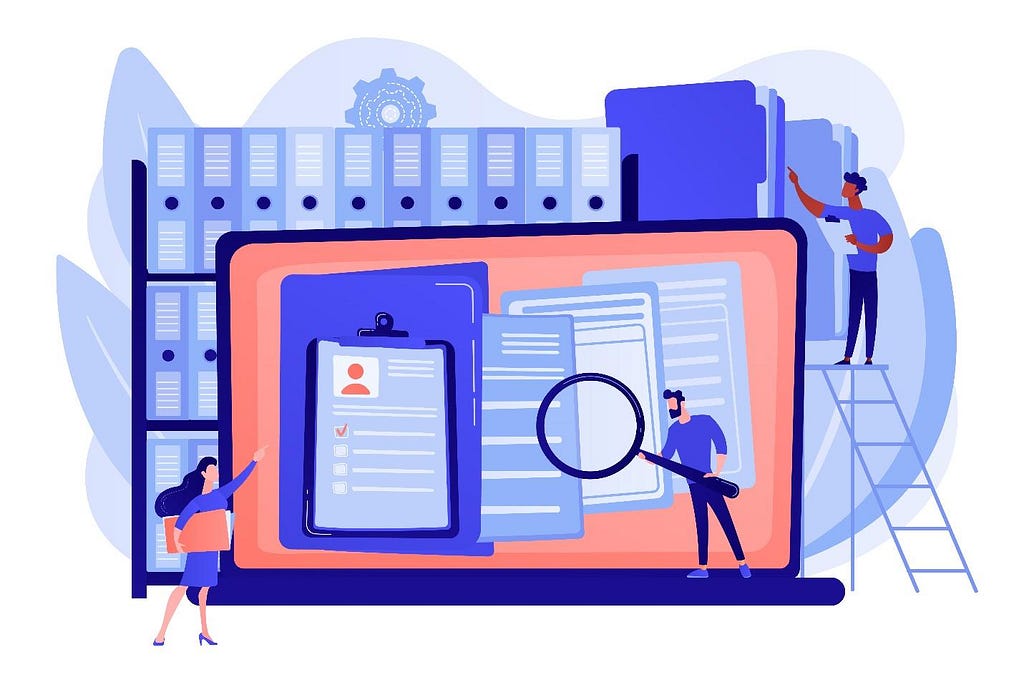How can OCR help with RPA and Document Processing? — Techashton

OCR or Optical Character Recognition is a fun way to read and understand documents. But why does it even make sense? Let’s find out. But before we proceed, we need to wrap our head around a less common machine learning term: RPA (Robotic Process Automation).
For the unversed, RPA is Robotic Process Automation, which is instrumental in helping businesses eliminate repetitive tasks. Document processing happens to be one such task- where the focus is often on invoices and handwritten tasks. Simply put, OCR can help with this aspect of document processing- the one involving tons of error-prone identification.
So let’s dive right in and understand the process better:
What is OCR in RPA?
Trust us; we wouldn’t overcomplicate things. OCR or Optical Character Recognition is a machine learning tool capable of capturing printed text and handwritten notes. Once captured, OCR is also responsive for converting these unstructured data chunks into decipherable data that machines can read.

How OCR achieves all of that is a different question altogether? Here is a bird’s eye view of the same:
- Working alongside different light patterns
- Pre-processing images, if any, by de-skewing letters and even smoothing.
- Detect discernable lines, which are characters and words
- Producing machine-readable elements
Every OCR trait can be put to use by RPA bots, depending on the short- and long-term requirements.
What are the use cases of OCR in RPA?
Now that we have touched upon a more oversimplified version of OCR, let us take a closer look at the RPA relevant use-cases:
Human Resources, across organizations, can make good use of Optical Character Recognition for resume screening (for specific keywords that match job description), document management, expense management and reimbursement, and more.
As per estimates, sifting through massive new data chunks (close to 2.3 exabytes each year) is one of the top physician burnout reasons. And that is where OCR can help by assisting specific RPA initiatives, including patient registration, trial matching, and even creating EHR snippets for identifying patient progress.
Did you know that nearly 42% of financial processes can be automated? Paired with RPA initiatives, OCR can help achieve the same, especially when it comes to tracking invoices and relevant data, receipts, insurance documents, and even credit scoring.
Benefits of Intelligent OCR and RPA Integration
In a nutshell, every bit of data captured by OCR-driven RPA can be used as standalone assets or as usable machine learning information in the form of an OCR dataset or categorized training data.
Didn’t we just talk about the use-cases? We did, but there is still some scope to discuss the benefits. In brief, OCR integrated with RPA lets you digitize and decrypt any document. Here are the more targeted benefits of the approach:
An OCR-backed RPA application can make extracting data more accurate than ever. Robots meant to scan through and scrap data work more accurately with OCR functionality embedded within.
Well, this benefit requires no validation. Anything automated is always faster.
OCR integration makes RPA resources read emails, images, and even PDFs better.
And most importantly, OCR implementation helps you save a lot of effort and also money in the process.
Wrap-Up
Author Bio
The world is changing. And so are the processes defining it. As we move further and further away from grunt processes, document processing often needs to be the first roadblock to cross- due to the sheer size and volume of organizational data. At this point, shifting focus to RPA applications and tools powered by nifty artificial intelligence technologies like OCR is advisable. From robots scanning text to setting up a visual automation process, optical character recognition can be the game changer for several global verticals, as mentioned descriptively in the sections mentioned above.
Vatsal Ghiya is a serial entrepreneur with more than 20 years of experience in healthcare AI software and services. He is the CEO and co-founder of Shaip.com, which enables the on-demand scaling of our platform, processes, and people for companies with the most demanding machine learning and artificial intelligence initiatives.

Originally published at https://techashton.com on July 28, 2022.
How can OCR help with RPA and Document Processing? — Techashton was originally published in Chatbots Life on Medium, where people are continuing the conversation by highlighting and responding to this story.